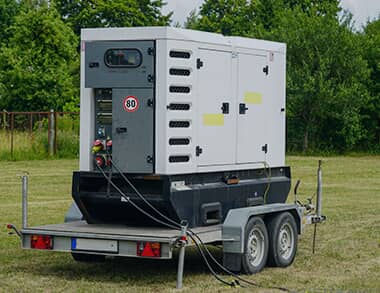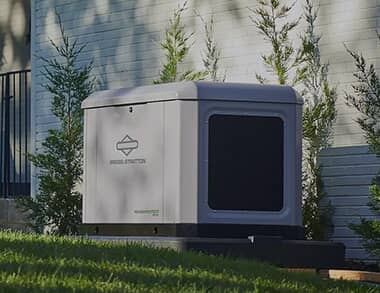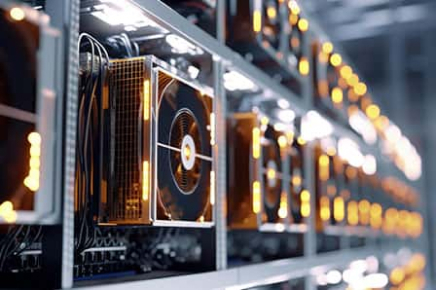What Are the Advantages of a Community Microgrid?

As fuel prices rise, utility rates soar, and grid failures become more frequent, many communities are turning to microgrid technology to ensure they have reliable, clean, and cost-effective energy. Whether you run a factory or manage an HOA, community microgrids represent a viable solution that can solve these problems and give you the power you need to keep your community powered up and ready to go.
Community microgrids are larger than traditional microgrids. They typically cover an entire substation grid region and serve several thousand clients. In addition, the distributed energy resource (DER) is often installed in front of the meter on the electric grid's side. This facilitates a lower cost by placing the DER in an optimal location.
It also facilitates scalability that can allow the microgrid to grow over time. Indeed, community microgrids are specifically designed to expand and incorporate new microgrid technology as the community's needs evolve, and new technologies emerge and become available.
Community microgrids create an effective backstop that ensures indefinite power backup to priority loads identified by the community. Thus, whether power loss occurs because of a natural disaster or another event, the critical power needs of the community will be protected.
The bottom line is that community microgrids facilitate a robust and stable economy in the area. They are a resilient, affordable power solution that will shield the community against rising utility rates. And, of course, they will help create a cleaner, greener future for the community.
Community microgrids cover an entire substation grid area. Both community and traditional microgrids incorporate power transformers, power stations, distribution substations, and transmission substations that serve commercial, industrial, and residential customers. They differ because traditional microgrids are designed to provide power to single customers as opposed to a much larger community.
Further, unlike community microgrids, traditional microgrids are installed behind the meter on the operator's property and can only provide limited backup power to that customer. They are also more expensive and require more work to maintain because each individual location must be maintained separately.
Community microgrids provide the maximum power generation and distribution from locally available renewable energy and distributed energy resources. They make monitoring and controlling critical loads possible, and the efficient load design makes balancing and load flattening easier. This translates to considerable cost reduction and energy savings for the community. Most importantly, unlike traditional microgrids, community microgrids are designed to be scalable, which means that a limited power supply won't restrict community growth.
Do you have more questions about community microgrids? Contact Gen-Tech Power Generation Specialists at (800) 625-8324, and we will be happy to answer your questions and tell you everything you need to know about emerging microgrid technologies.
Advantages of Community Microgrids
Community microgrids are larger than traditional microgrids. They typically cover an entire substation grid region and serve several thousand clients. In addition, the distributed energy resource (DER) is often installed in front of the meter on the electric grid's side. This facilitates a lower cost by placing the DER in an optimal location.
It also facilitates scalability that can allow the microgrid to grow over time. Indeed, community microgrids are specifically designed to expand and incorporate new microgrid technology as the community's needs evolve, and new technologies emerge and become available.
Community microgrids create an effective backstop that ensures indefinite power backup to priority loads identified by the community. Thus, whether power loss occurs because of a natural disaster or another event, the critical power needs of the community will be protected.
The bottom line is that community microgrids facilitate a robust and stable economy in the area. They are a resilient, affordable power solution that will shield the community against rising utility rates. And, of course, they will help create a cleaner, greener future for the community.
Comparing Community Microgrids To Traditional Microgrids
Community microgrids cover an entire substation grid area. Both community and traditional microgrids incorporate power transformers, power stations, distribution substations, and transmission substations that serve commercial, industrial, and residential customers. They differ because traditional microgrids are designed to provide power to single customers as opposed to a much larger community.
Further, unlike community microgrids, traditional microgrids are installed behind the meter on the operator's property and can only provide limited backup power to that customer. They are also more expensive and require more work to maintain because each individual location must be maintained separately.
Community microgrids provide the maximum power generation and distribution from locally available renewable energy and distributed energy resources. They make monitoring and controlling critical loads possible, and the efficient load design makes balancing and load flattening easier. This translates to considerable cost reduction and energy savings for the community. Most importantly, unlike traditional microgrids, community microgrids are designed to be scalable, which means that a limited power supply won't restrict community growth.
Do you have more questions about community microgrids? Contact Gen-Tech Power Generation Specialists at (800) 625-8324, and we will be happy to answer your questions and tell you everything you need to know about emerging microgrid technologies.
Topics:
From Insights to Power: Let’s Talk Solutions
Whether you need emergency power, maintenance, or expert guidance on your generator system, Gen-Tech has you covered. Our experienced team provides industry-leading service to keep your power running when it matters most. Call (800) 625-8324 to discuss your power generation needs today!
Contact Us













